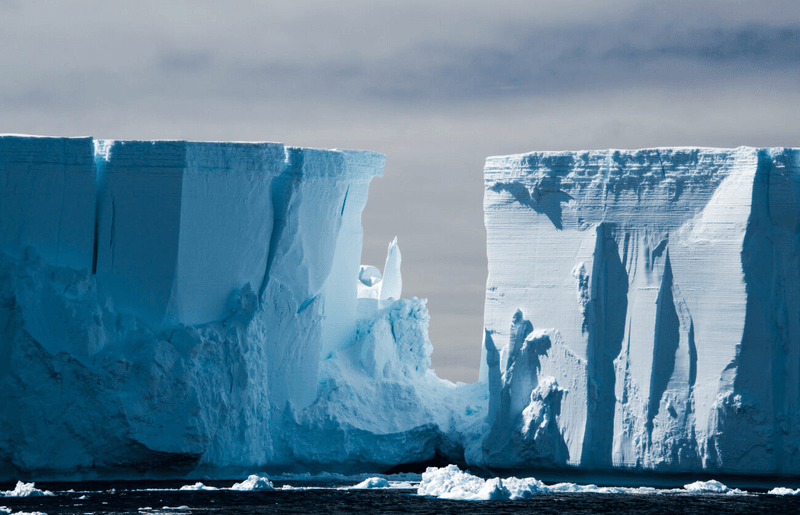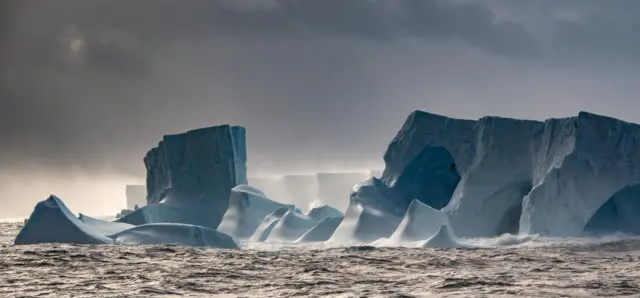A23a the world’s largest iceberg, has been spinning on the spot just north of Antarctica for months, defying expectations that it would be swept away by the powerful Antarctic Circumpolar Current (ACC). Scientists have discovered that the massive iceberg, twice the size of Greater London, has been captured by a rare ocean phenomenon known as a Taylor Column, a rotating cylinder of water that has effectively trapped the iceberg.

A Taylor Column: A Rare Ocean Phenomenon
The Taylor Column, first described by Sir G.I. Taylor in the 1920s, occurs when a current meets an obstruction on the seafloor, causing the water to separate into two distinct flows and create a full-depth mass of rotating water. In this case, the obstruction is a 100km-wide bump on the ocean bottom known as Pirie Bank. The vortex sits on top of the bank, and A23a has become its prisoner.
A23a’s Unlikely Longevity
A23a’s remarkable journey began in 1986 when it broke free from the Antarctic coastline. After becoming stuck in the Weddell Sea for three decades, it re-floated in 2020 and started drifting north. Despite entering the ACC, a powerful current that should have propelled it towards oblivion, A23a remains in place, spinning anti-clockwise by about 15 degrees a day.

Implications and Future Research
A23a’s unexpected behavior highlights the importance of understanding the shape of the seafloor and its influence on ocean currents, marine ecosystems, and the climate system. Scientists are eager to continue studying this phenomenon, which could provide valuable insights into the complex interactions between ocean currents, sea ice, and the seafloor. With only a quarter of Earth’s seafloor mapped to modern standards, A23a’s story underscores the need for further exploration and research into the world’s oceans.

